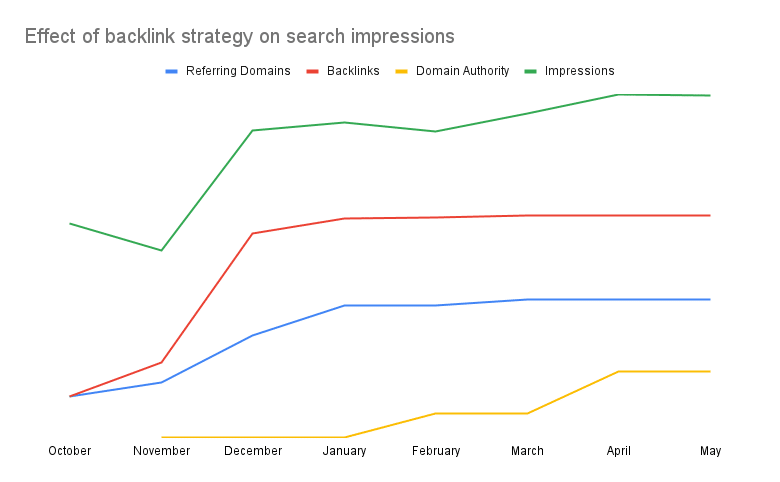Name me a more controversial area of SEO. Go on, I’ll wait. Okay, so there are probably some (no one mention AI!), but backlinks are always a hot topic of discussion.
The Basics
What are backlinks?
Backlinks, also known as inbound or incoming links, are links from one website to another. From a user perspective, they are an easy way to more relevant content or perhaps leading them to purchase something.
They are crucial for SEO, as they signal to search engines that other websites vouch for your content. For instance, if a reputable site links to your blog, it boosts your credibility and search engine ranking.
Backlinks create a spiderweb of connections that Google follows as it navigates around the web. If, on its journey, it discovers more and more good authority sites linking to your website, the higher Google is going to rank yours.
the truth about backlinks
Why the controversy?
Once people discovered how important backlinks were to the algorithms, everyone got link fever. Poor SEO practices blossomed (link farms, reciprocal linking, paid links) and Google cracked down hard. They penalised those that used these ways to boost their rankings, and so the landscape changed.
Of course, there are still dodgy link activities going on today, but they don’t last long.
TIPS FOR SEO + CONTENT
Are backlinks still important?
Google continues to hunt down bad link practices. Recently, they’ve been rolling out spam updates specifically targeting dodgy behaviour. So if they are constantly the subject of Google updates, why are we still talking about backlinks?
Because a healthy backlink profile is still one of the best ways to get a site ranking well.
We love letting the numbers do the talking, so let me point you in the direction of Exhibit A:

This B2B brand was new to the market. It had no brand recognition behind it and their product was pretty niche. However, we worked with them to ensure they had a robust go-to-market plan that covered all bases.
The results show very clearly the relationship between good content, good distribution, excellent PR, and above-board SEO practices.
You can see the direct correlation between the increase in backlinks and referring domains on the website authority, and consequently its appearance in the SERPs.
As we continue to work together we hope to see these keep climbing, but it’s a fantastic example of what happens when you conduct a backlink strategy in the right way.
Let's get debunking
Mythbusting backlinks
Before we dive into the right strategy for your brand, let’s clear up some of these myths about backlinks and link-building that are still floating around today.
Sorry to burst anyone’s bubble!
Click below to expand
Ever since the attribute rel=sponsored arrived, there has been greater clarity over paid links. So paid links are unlikely to go away, but if attributed correctly and are included as part of a wider strategy, they may still have some clout in terms of bringing traffic (and if the link is of high relevance, resulting in more clicks, it could then have some SEO weight, too).
Google admitted it may sometimes follow these if they think there’s a good enough link signal, but a paid link campaign is extremely unwise if, again, it’s your only approach to a backlink strategy.
Look, SEOs since the dawn of the no-follow link attribute have chased the do-follow link, but nowadays there are great advantages to a no-follow link or a mention without a link.
Google has said several times that it may use no-follow links as hints. Plus, if you’ve landed the link in the right place, you’ll likely get additional referral traffic which isn’t to be sniffed at, either! And a mention without a link on an authoritative source (we’re thinking online newspapers or reputable publications, here) will a) increase your brand awareness, and b) give Google valuable signals that your brand is trustworthy and an expert in your niche.
It’s easy to look at our graph above and go, oh, so the more backlinks we have the greater the results. That used to be the case, and it certainly is worth bearing in mind that just a handful of links might not do it, but in most cases we’re looking at quality over quantity.
Most importantly, Google wants to see relevance. A few links from well-respected websites in your industry are going to give your website greater authority than 30 links from completely unrelated pages – and if these sites or pages are deemed as spammy by Google, this could even hurt you as you will be deemed spammy by association. This is where you may see toxic links being discussed in the context of an SEO audit. These are links from websites with a very low authority score that could be engaging in black hat SEO practices.
How to get backlinks the right way
1. Get your house in order
Website Performance
- Speed: A fast-loading website provides a better user experience and is favoured by search engines. Use tools like Google PageSpeed Insights to identify and fix performance issues.
- Mobile-Friendliness: Ensure your website is responsive and performs well on mobile devices, as a significant portion of web traffic comes from mobile users. Google also crawls websites in their mobile view, so it’s worth ensuring everything is working well.
Internal Linking
- Logical Structure: Create a logical structure that makes it easy for users and search engines to navigate your site. Use a clear hierarchy with categories and subcategories.
- Strategic Linking: Link related content within your website. This not only helps with SEO but also keeps visitors on your site longer. You can do this within the text of a page with clear anchor text, or by including “related” reading sections at the end of content.
Content Strategy
- Quality Content: Produce high-quality, valuable content that addresses the needs and interests of your target audience. This can include blog posts, infographics, videos, and more.
- Evergreen Content: Focus on creating evergreen content that remains relevant over time and continues to attract backlinks.
Content Distribution
Utilise all your channels to create a content distribution strategy that gets your content out there and noticed. This will go a long way to building natural links.
How to get backlinks the right way
2. Do your research
Discover Websites with High Topic Relevancy
- Industry Blogs and Websites: Look for reputable blogs and websites in your industry.
- Online Communities and Forums: Engage in online communities and forums relevant to your niche. These platforms can be great sources for backlinks.
- Resource Pages: Identify resource pages that list valuable content in your industry. Reach out to these sites to get your content included.
Competitor Analysis
- Identify Competitors: List your main competitors and analyse their backlink profiles using tools like Ahrefs, SEMrush, or Moz.
- Backlink Sources: Identify where your competitors are getting their backlinks. Look for patterns or common sources that you can target.
- Content Analysis: Analyse the types of content that are attracting backlinks for your competitors and see if you can create even better content than this yourself.
How to get backlinks the right way
3. Get a PR strategy
Public Relations (PR) is an effective strategy for acquiring high-quality backlinks. We’ve written a whole blog on the dream-team combination of PR and SEO so go grab a pen and paper and get reading, but some straightforward tips to try are:
- Create newsworthy content that can be released as Press Releases
- Build relationships with journalists and influencers in your niche or industry. If you can provide them with valuable insights, there’s a good chance they’ll credit or mention you in their articles.
- Keep an eye on HARO (Help a reporter out)
You can sign up for HARO and receive requests from journalists looking for expert quotes on certain topics. But be prompt when responding as they do get a lot of responses and they’re looking for high quality answers.
How to get backlinks the right way
4. Get monitoring
There are various things you’ll want to keep an eye out for to keep your backlink profile healthy.
- Broken links: Ensure these are tidied up rapidly on your own site, as these help your own website’s SEO. Then, you can keep an eye out on important publications in your industry. If you spot a broken link that could be replaced with similar content on your own site, politely reach out to ask them if they’d be willing. It’s a bit of an old-school tactic, but if the relevancy is there, it’s a great one.
- Keep an eye out for mentions of your brand – you can do this by setting up Google Alert, or there are some tools out there that will do it automatically. If you discover any, you could also reach out to the page author and see if they’d include a link along with the mention.
- Ensure your backlinks remain healthy. If too many toxic links are creeping in you might want to update your disavow file.
Need some help with your backlink profile?
By following these steps, you can systematically build a strong backlink profile that enhances your website’s authority and, therefore, its search engine ranking. Remember, acquiring backlinks is an ongoing process that requires persistence, quality content, and strategic outreach.
If you need a little help with this, fill in our free SEO audit and we’ll be in touch with some tips!
